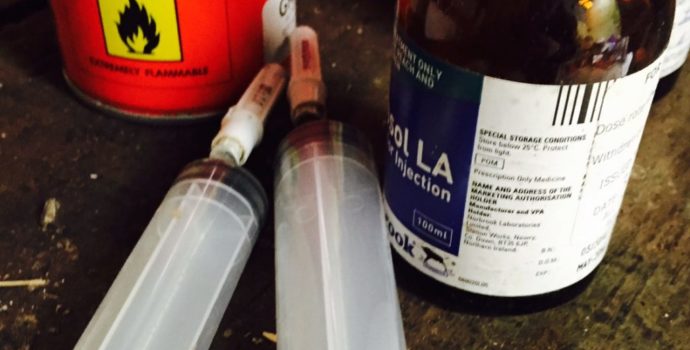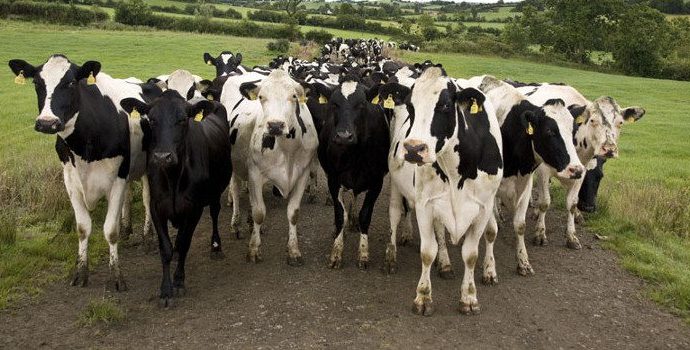Strong April Market Returns Fully Justify 2c/l, and Cash Flow Crisis Means Co-ops Must Not Deny Farmers

IFA National Dairy Committee Chairman Kevin Kiersey said the failure by Kerry to increase their April milk price would bitterly disappoint its suppliers, who have been promised a “leading milk price”, and are under tremendous stress from the fodder and cash flow crisis.
He urged all other co-ops, when they come to decide their April milk price in the next few days, to look objectively at the strong increase in market returns, which fully justify a 2c/l increase. Co-ops must hold their nerves in the face of the rebalancing of Fonterra prices, and not deny their farmers a badly needed opportunity to improve their hard pressed cash flow.
“EU average market prices have risen very strongly during March and April. Butter prices rose by €590/t, SMP €410/t, WMP is up by €680, whey powder by €110/t, and Cheddar cheese by a more modest €20/t, mostly due to exchange rate factors. These are real lifts in the average price of commodities, not spot quotes,” Mr Kiersey said.
“The SMP/butter increase since early March alone has added 6.3c/l to the gross returns available to EU dairy product sellers, including Irish co-ops, before processing costs. Based on member states’ reports published by the EU Commission for 28<sup>th</sup> April, SMP/butter gross returns were 44.3c/l, WMP 45c/l and Cheddar + whey powder just under 41c/l,” he said.
“A rough estimate of a product mix for the Irish milk pool would return something around 43c/l gross. Allowing for processing costs of around 5 to 6c/l, it is clear that there is scope for a price increase over and above the 33.5c/l + VAT the main co-ops have been paying for March milk,” he added.
“The Fonterra price reduction last week happened because international buyers, in no rush to fill their second half needs, tried to dampen down prices for the back end. However, milk supplies remain very tight with little prospect of recovery in coming months, and demand is strong, especially from China and Asia in general. The international buyers’ gamble relies on more plentiful NZ milk supplies from next August, and this is largely weather and margin dependent. I do not believe that, at least in the short term, prices will fall dramatically in this context – buyers simply will not wait for ever to fill their needs for the second half of the year, and opportunities will remain at and after peak for Irish exporters to capitalise on strongly priced markets,” he explained.
“I urge co-op boards to look objectively at the real increase in market returns, and to pass it back to farmers in a 2c/l milk price lift,” he concluded.




